Tutorial on Generative Modeling
Tutorial on Generative Modeling
Ulrich Krispel, Christoph Schinko, Torsten Ullrich
Visual Computing, Fraunhofer Austria Research GmbH
Graz University of Technology, Austria
Proceedings of Symposium on Geometry Processing
2014
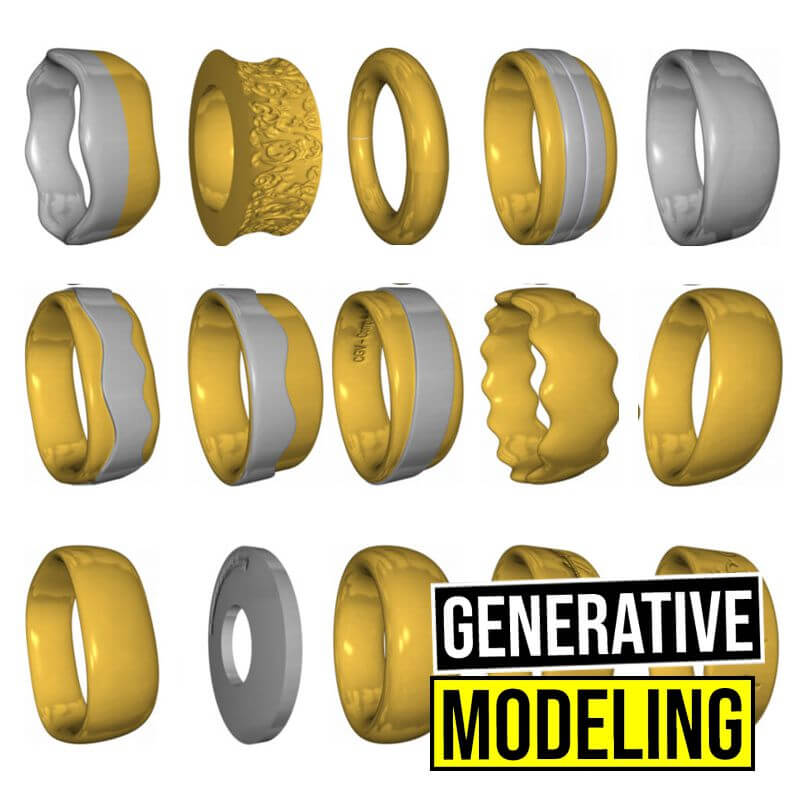 Generative modeling has been developed in order to generate highly complex objects based on a set of formal construction rules. This modeling paradigm describes a shape by a sequence of processing steps, rather than just the end result of applied operations: Shape design becomes rule design. This approach is very general and it can be applied to any domain and to any shape representation that provides a set of generating functions.
Generative modeling has been developed in order to generate highly complex objects based on a set of formal construction rules. This modeling paradigm describes a shape by a sequence of processing steps, rather than just the end result of applied operations: Shape design becomes rule design. This approach is very general and it can be applied to any domain and to any shape representation that provides a set of generating functions.
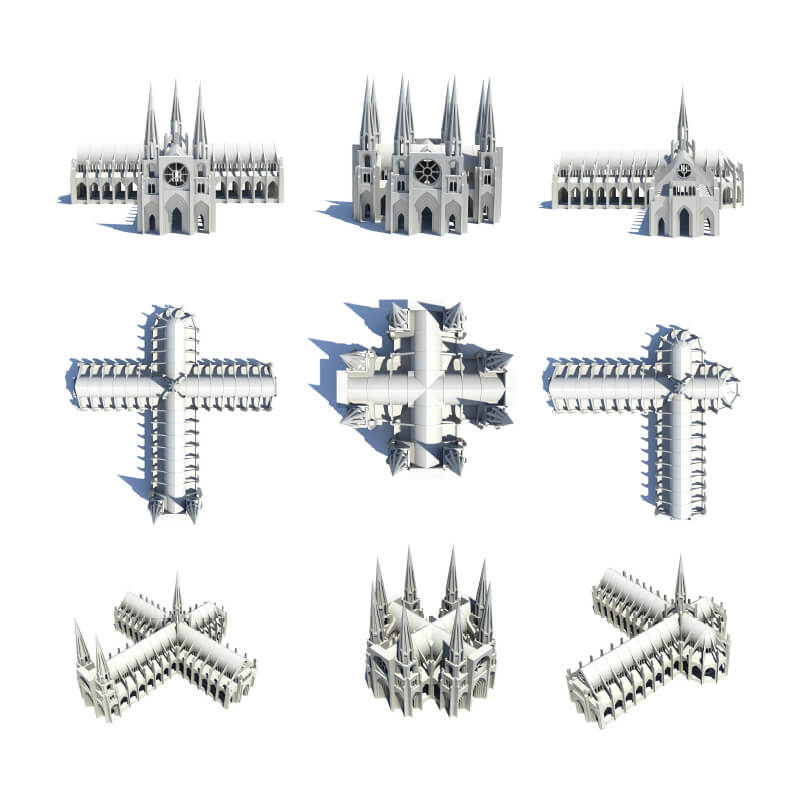 The usage of generative modeling techniques in architecture is not limited to buildings of the past. Over the last few decades, progressive architects have used a new class of design tools that support generative design. Generative modeling software extends the design abilities of architects by harnessing computing power in new ways.
The usage of generative modeling techniques in architecture is not limited to buildings of the past. Over the last few decades, progressive architects have used a new class of design tools that support generative design. Generative modeling software extends the design abilities of architects by harnessing computing power in new ways.
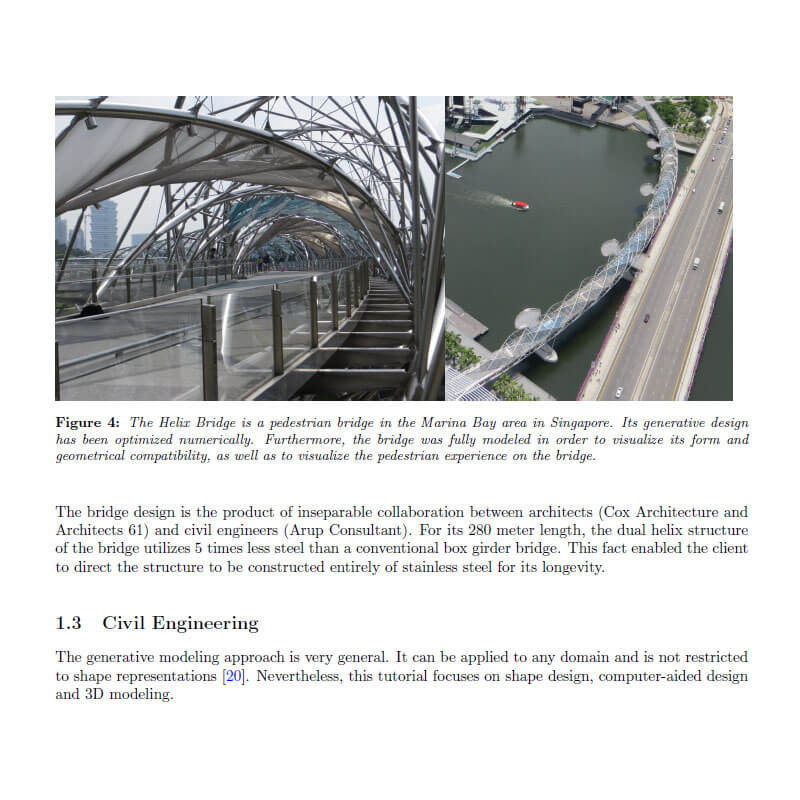 The generative modeling approach is very general. It can be applied to any domain and is not restricted to shape representations [20]. Nevertheless, this tutorial focuses on shape design, computer-aided design and 3D modeling.
The generative modeling approach is very general. It can be applied to any domain and is not restricted to shape representations [20]. Nevertheless, this tutorial focuses on shape design, computer-aided design and 3D modeling.
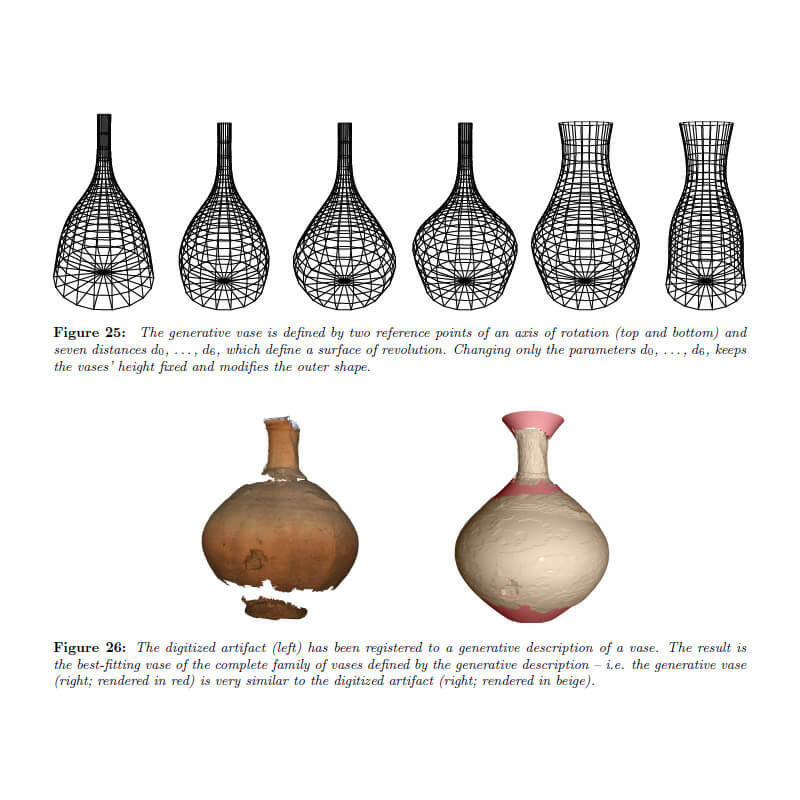 Coherence-Based Facade Modeling [68] Procedural Modeling of Cities [76] Modeling Procedural Knowledge -a generative modeler for cultural heritage [86] Scripting Technology for Generative Modeling [87] Procedural Descriptions for Analyzing Digitized Artifacts [112] Modelling the Appearance and Behaviour of Urban Spaces [118].
Coherence-Based Facade Modeling [68] Procedural Modeling of Cities [76] Modeling Procedural Knowledge -a generative modeler for cultural heritage [86] Scripting Technology for Generative Modeling [87] Procedural Descriptions for Analyzing Digitized Artifacts [112] Modelling the Appearance and Behaviour of Urban Spaces [118].
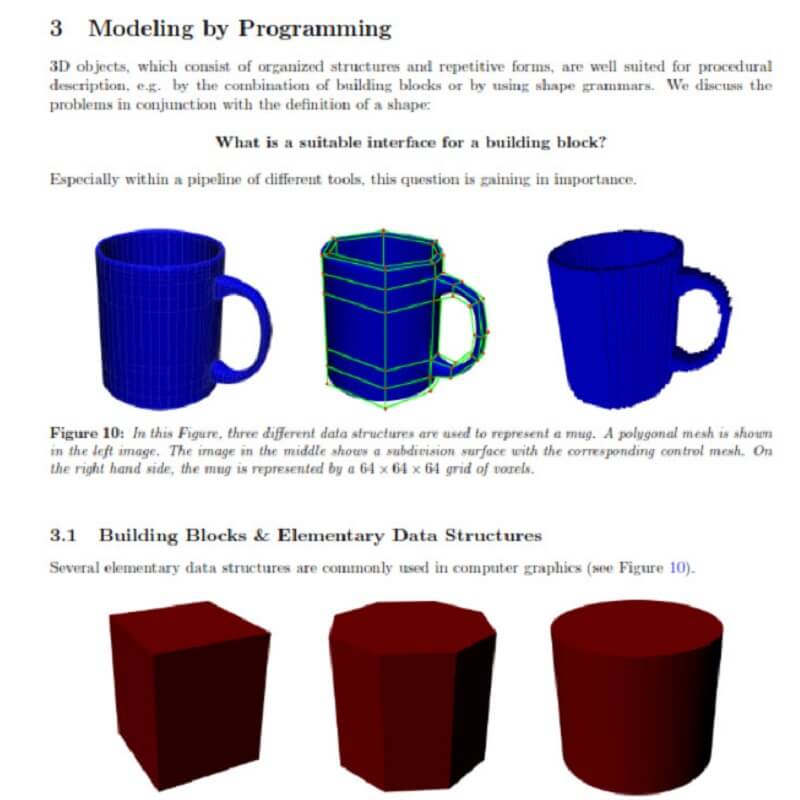 Generative modeling inherits methodologies of 3D modeling and programming [110], which leads to drawbacks in usability and productivity. The need to learn and use a programming language is a significant inhibition threshold especially for archaeologists, cultural heritage experts, etc., who are seldom experts in computer science and programming. The choice of the scripting language has a huge influence on how easy it is to get along with procedural modeling.
Generative modeling inherits methodologies of 3D modeling and programming [110], which leads to drawbacks in usability and productivity. The need to learn and use a programming language is a significant inhibition threshold especially for archaeologists, cultural heritage experts, etc., who are seldom experts in computer science and programming. The choice of the scripting language has a huge influence on how easy it is to get along with procedural modeling.
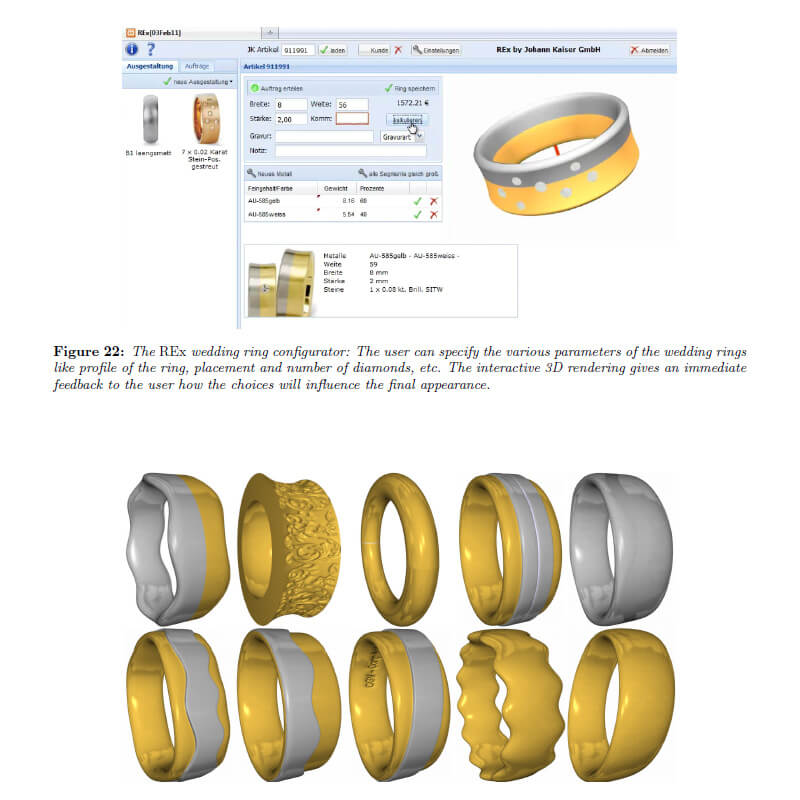 split grammars The work of Peter Wonka et al. [125] applied the concepts of shape grammars to derive a system for generative modeling of architectural models. This system uses a combination of a spatial grammar system (split grammar) to control the spatial design and a control grammar, which distributes the design ideas spatially (e.g. set different attributes for the first floor of a building).
split grammars The work of Peter Wonka et al. [125] applied the concepts of shape grammars to derive a system for generative modeling of architectural models. This system uses a combination of a spatial grammar system (split grammar) to control the spatial design and a control grammar, which distributes the design ideas spatially (e.g. set different attributes for the first floor of a building).
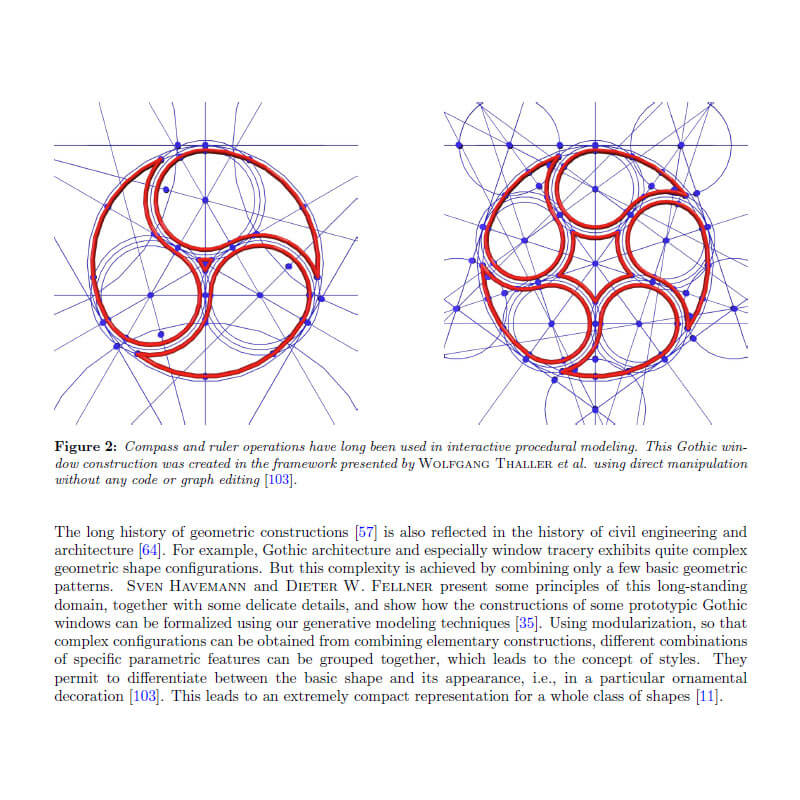 Deformation Aware Shape Grammars Generative models based on shape and split grammar systems often exhibit planar structures. This is the case because these systems are based on planar primitives and planar splits. There are many geometric tools available in modeling software to transform planar objects into curved ones, e.g. free-form deformation [91].
Deformation Aware Shape Grammars Generative models based on shape and split grammar systems often exhibit planar structures. This is the case because these systems are based on planar primitives and planar splits. There are many geometric tools available in modeling software to transform planar objects into curved ones, e.g. free-form deformation [91].
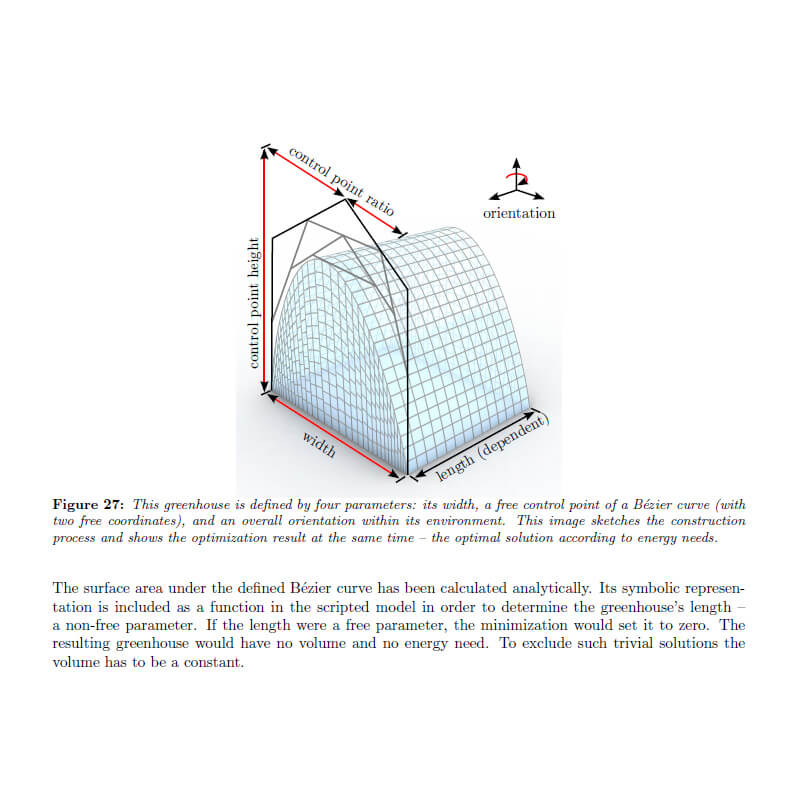 A possibility to describe a shape is realized by the generative modeling paradigm [75], [111]. The key idea is to encode a shape with a sequence of shape-generating operations, and not just with a list of low-level geometric primitives. In its practical consequence, every shape needs to be represented by a program, i.e., encoded in some form of programming language, shape grammar [67], modeling language [34] or modeling script [7].
A possibility to describe a shape is realized by the generative modeling paradigm [75], [111]. The key idea is to encode a shape with a sequence of shape-generating operations, and not just with a list of low-level geometric primitives. In its practical consequence, every shape needs to be represented by a program, i.e., encoded in some form of programming language, shape grammar [67], modeling language [34] or modeling script [7].
The creation of the semantic information for an object can be done manually (by a domain expert) or automatically (e.g. using a generative description).
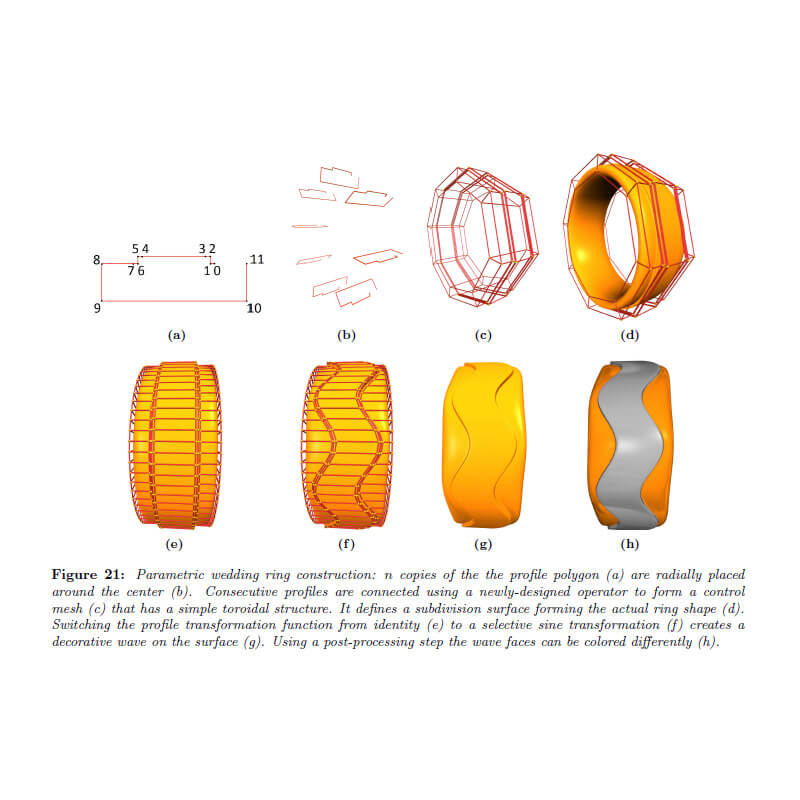 Using generative modeling techniques we perform an optimization within a configuration space of a complete family of buildings. The numerical optimization routine used in “Generative Modeling and Numerical Optimization for Energy-Efficient Buildings” [115] has to tackle several problems which occur in many complex, nonlinear optimization tasks: the choice of initial values and the problem of local minima. Both problems are addressed by a modified differential evolution method.
Using generative modeling techniques we perform an optimization within a configuration space of a complete family of buildings. The numerical optimization routine used in “Generative Modeling and Numerical Optimization for Energy-Efficient Buildings” [115] has to tackle several problems which occur in many complex, nonlinear optimization tasks: the choice of initial values and the problem of local minima. Both problems are addressed by a modified differential evolution method.
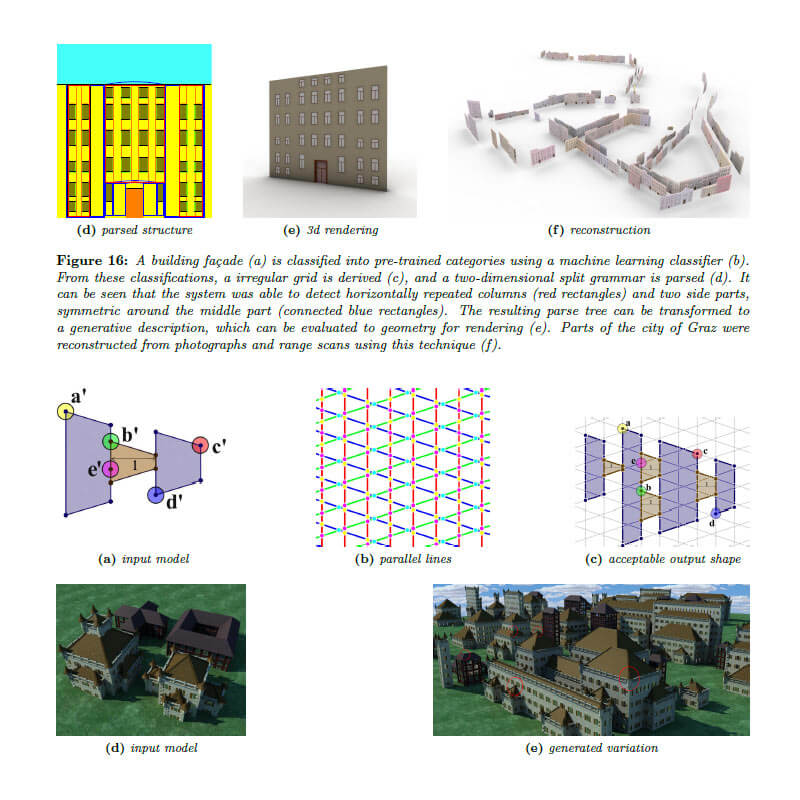




























Comments